A Century of Change: The Evolution of Women’s Suits
- devilwearscouture
- Aug 30
- 4 min read
Let’s talk suits. The ones that make you feel like a girl boss, give off those “I’m here to conquer” vibes, and have transformed over the last century to reflect all the different ways women have been making moves. From the practical beginnings of the early 1900s to the fierce power suits of the ‘80s, women’s suits have come a long way. Let’s walk down this fashion memory lane and see how suits went from suffragette to supermodel.
The Early 20th Century: Practical Beginnings and the Suffragette Suit
Back in the day, women didn’t wear suits just for fun, they wore them because they needed their practical, ‘get-stuff-done’ clothing. Enter the suffragette suit: this outfit gave women a functional look to go with their fight for voting rights while looking effortlessly fierce. Think long skirts, high necklines, and jackets that meant business. This was about as “powerful” as women’s clothing got in the early 1900s. Plus, nothing says “let me vote” like a full-length wool skirt and a blazer, right?
1920s: Coco Chanel’s Revolutionary Tweed Suit
Then, along came Coco Chanel, who said, “Skirts are cute, but what about tweed?” She took inspiration from menswear and came up with a fitted, collarless jacket and skirt combo in comfy tweed fabric. This wasn’t just about looking chic, it was about freedom. Finally, women could move, breathe, and maybe even dance in their suits. Chanel’s suit became a classic, and tweed became, like, the coolest thing ever.
1930s: Hollywood’s Role in Popularizing Androgynous Suits
Hollywood took the suit game to another level. Actresses like Katharine Hepburn and Marlene Dietrich rocked androgynous suits that looked straight off a gentleman’s rack. Hepburn’s wide-leg pants and tailored jackets had everyone rethinking what women’s fashion could be. Not only was it stylish, but it was also ground-breaking. This was the beginning of women saying, “Yeah, I can wear pants, and still pull that feminine look.”
1940s: Wartime Utility and Practical Tailoring

With WWII came rations, and suddenly, fashion was all about utility. The ‘40s suit was practical: squared shoulders, knee-length skirts, and simple colours. Think “Rosie the Riveter” vibes, but in a suit. There was nothing extra about these outfits, just solid, structured, no-frills tailoring. The look said, “I can work, I can run a household, and I can rock shoulder pads like no one’s business.”
1950s: Post-War Femininity and Structured Suits
After the war, things got a little more glam. The ‘50s was all about curves and structure, with fitted jackets and cinched waists. Picture a working girl version of Marilyn Monroe. The goal? To be both feminine and professional. These suits were like, “I can be cute and competent at the same time.” Thanks, Dior.
1960s: Yves Saint Laurent and “Le Smoking” Tuxedo
The ‘60s brought us Yves Saint Laurent and his iconic “Le Smoking” tuxedo suit. It was a tailored, sharp, and sexy tuxedo made for women and it was revolutionary. Women in suits went from looking practical to looking powerful. “Le Smoking” was chic, sleek, and rebellious, kind of like wearing leather pants to a board meeting today.
1970s: Liberation and Bold Experimentation
In the ‘70s, things got colourful, bold, and way more relaxed. Women’s suits embraced bell-bottoms, psychedelic prints, and way more flair. Suits were liberated just like the women wearing them, and no one was afraid to stand out. From silky materials to bold colours, the ‘70s suit was like a disco party in outfit form.
1980s: The Rise of the Power Suit
Ah, the power suit era. In the ‘80s, suits got BIG, big shoulders, big hair, big ambitions. Women were entering corporate spaces, and the suit had to say, “I’m not here to mess around.” Think shoulder pads that could rival a football team. The power suit was all about making a statement, and that statement was, “I am a force to be reckoned with.” It’s giving big boss energy.
1990s: Minimalism and the Casual Suit
Enter the ‘90s: the age of minimalism. Everything was suddenly about less. Suits became streamlined, simple, and dare I say it, casual. The look was clean lines, neutral colours, and unfussy tailoring. Think Gwyneth Paltrow in Sliding Doors or Julia Roberts in My Best Friend’s Wedding. Suits were laid-back, proving you didn’t need shoulder pads to look like a boss.
2000s: The Suit as a Versatile Statement Piece
The 2000s was all about experimenting with the suit. It was no longer just office wear; it was for the red carpet, the runway, anywhere. Women wore suits as statement pieces, mixing them up with shorts, skirts, dresses, and even sparkles (hello, J.Lo). The suit became a versatile, ready-for-anything look, and women got to play around with it like never before.
2010s to Present: Reimagining and Redefining the Suit
Today, suits are everything. They’re gender-fluid, colourful, oversized, or perfectly tailored. Women wear them to weddings, parties, and yes, boardrooms. Designers have gone wild with reimagining suits, making them work for every identity and style. Whether it’s Zendaya rocking a pastel number or Rihanna in a bold oversized suit, the suit has become a symbol of freedom, confidence, and total coolness.
From suffragettes in skirts to Rihanna in red carpet couture, the women’s suit has evolved from practical workwear to a symbol of independence, creativity, and power. It’s been a century-long journey, and we’re just getting started. Here’s to the next hundred years of women suiting up and making history!












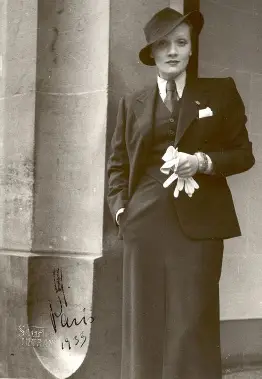

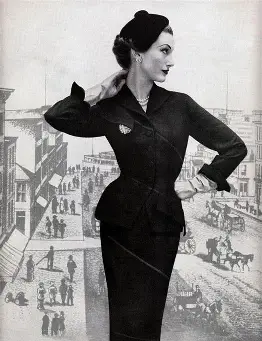
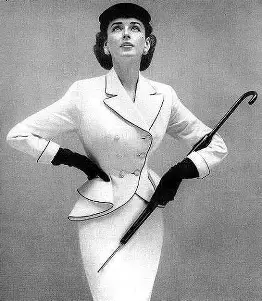
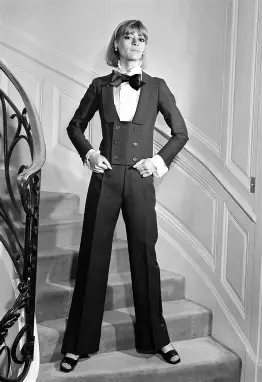
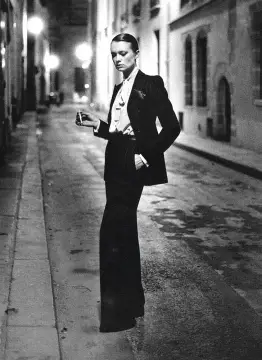
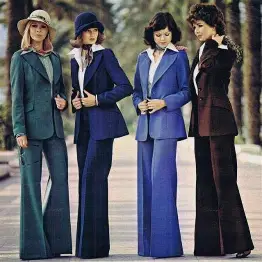
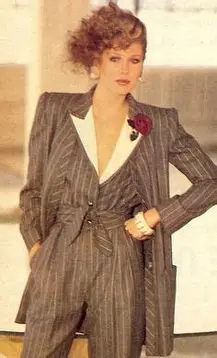
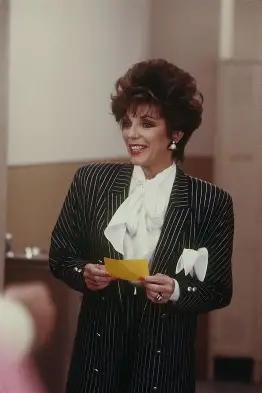











Comments